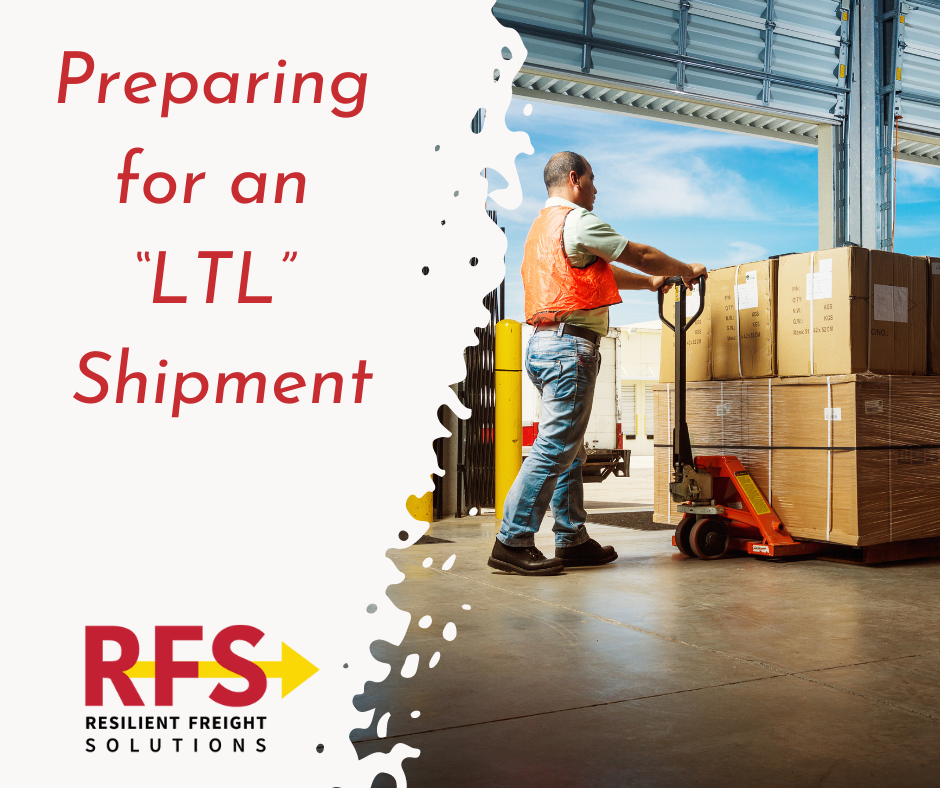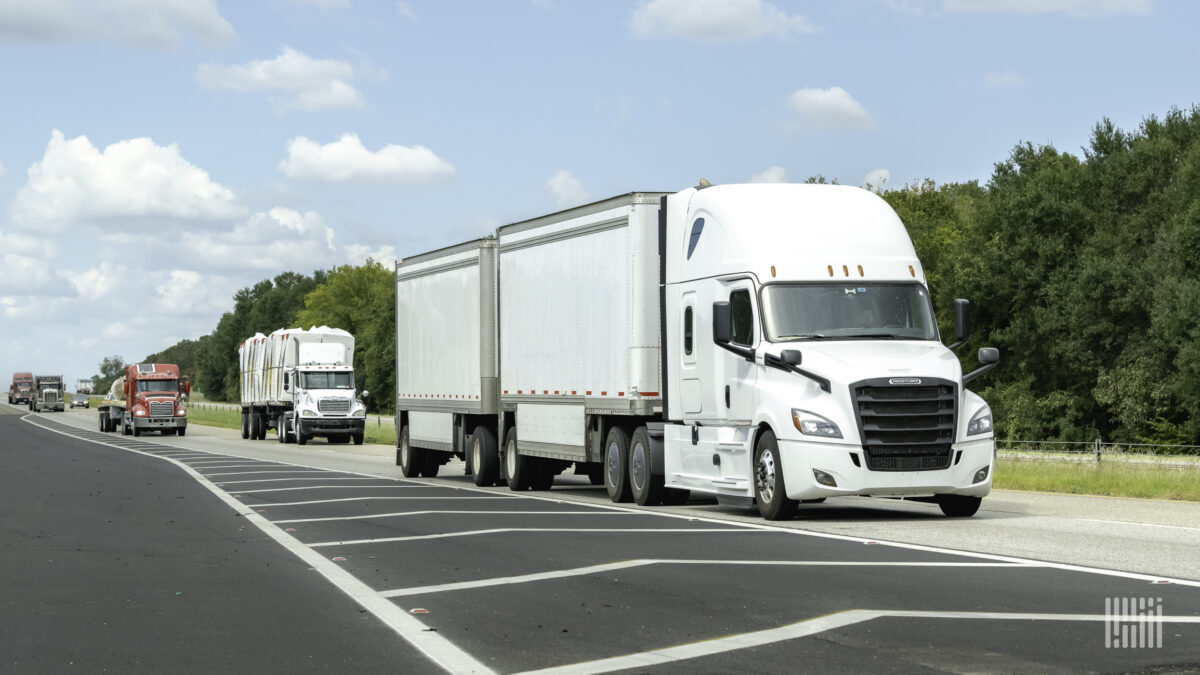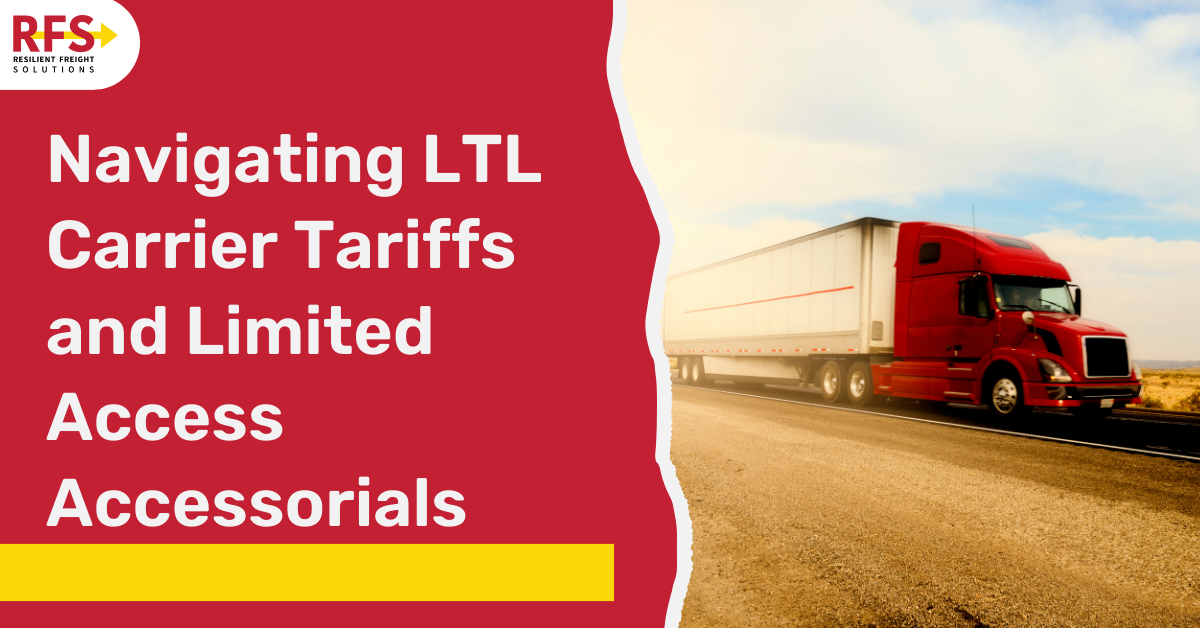A successful load always begins with the shippers' preparation for a smooth pickup. It is imperative to correctly prepare the freight to help avoid any delays, damages, additional fees, and any other issues that could arise. Follow the tips below to help you get the most success out of your LTL (Less Than Truck load). Focusing on these details will help you package and prepare your freight for a great LTL pickup and delivery.
- Palletize or crate your freight
Crates are the best option for smaller items that need to be secured. Pallets are flat platforms that make it easy to stack your freight and are perfect for storing temporarily - a standard pallet measures 40"x48" - You can also put crates on pallets to give you a stackable option; just be sure to stack the heaviest on the bottom. Palletizing or crating not only reduces freight claims and helps prevent damage, but it also helps your carrier when loading.
If your shipment cannot be crated or palletized, the best alternative would be to wrap and use foam fill or edge protectors to create more stability.
- Calculate dimensions and weight correctly.
Measure and record your shipment's precise length, width, height, and weight, and always double-check. The more accurate the measurements are, the less chance additional fees will hit you. Many shippers round up to the next inch to give themselves and the carriers room to work with when loading. The dimensions are essential for carriers to know how much space is needed and how much space they have left on the trailer. Correct measurements are good at preventing extra fees.
The measurements and weight you provide will also be used to determine the correct freight class of your shipment. Freight class, or NMFC (National Motor Freight Classification), is a shipping industry standard and grouping system developed by the nonprofit National Motor Freight Traffic Association.
- Label your shipments correctly and carefully.
Label your shipment, especially if it is fragile, with labels such as "DO NOT STACK," "FRAGILE," "THIS SIDE UP," and "HANDLE WITH CARE." It is also good to have the freight class labeled on top in addition to the BOL. Resilient Freight Solutions will provide you with shipping labels for your loads. Make your labels clear and easy to spot to prevent misunderstandings and potential damage.
- Have the correct BOL ready for the carrier.
When the carrier comes to pick up the freight, have the BOL (bill of lading) with all the correct information ready to give to them. The BOL is a receipt for your shipment and is necessary for later in the process for the drivers and carriers. It is a best practice to keep a copy for yourself as well. Resilient Freight Solutions will provide you with the BOL.
Make sure all this information is on the BOL:
-
-
- Shipper's information
- Receiver's information
- Billing information (aka 3rd Party Pre-Paid)
- Date of Shipment
- Number of units to be shipped
- Type of packaging
- Description of the goods
- Freight Class & NMFC
- Dimensions
- Value
- More details might be needed depending on the shipment.
-
- Double-check your scheduled pickup and delivery.
Details for scheduling are imperative, and the addresses have to be in the correct places. The origin will be the pickup spot, and the consignee will be the delivery address. Ensure the times you choose to align with your and the recipient's schedules. Resilient Freight Solutions will handle all the scheduling, so you do not have to worry about it. When it is time to pick up, you should be ready to load to keep the driver on schedule.
- Take Multiple Pictures before loading!
Because LTL shipments may stop in multiple terminals until the order reaches its destination, there's a probability that the cargo may suffer some damage. In order to be ready to win potential claims to insurance, it is recommended that your shipper take pictures or the cargo before loading
- Track your shipment
At Resilient Freight Solutions, we will be tracking your shipment all the way. We will keep tabs on your shipment to ensure it is where it should be at the right time. In the event of delays, we will reach out to all parties to find and solve the problem.
- Communication
We will always communicate with every party involved. It is vital to ensure everything is going as planned from the beginning. Communication will make it easier to solve problems and make the shipment successful if something goes wrong.
Following these tips and preparing your LTL freight correctly can further protect your goods from damages and excessive fees. Missing information or miscalculations can cause delays or other issues later on. Contact us if you have questions or need a LTL Rate Quote





Post a comment